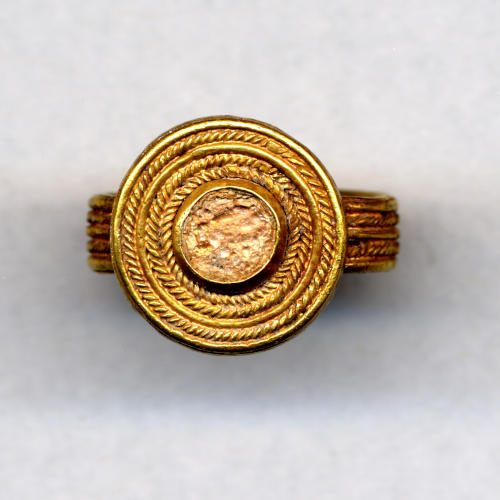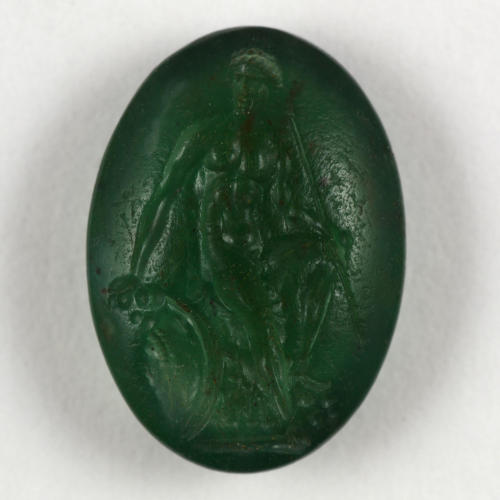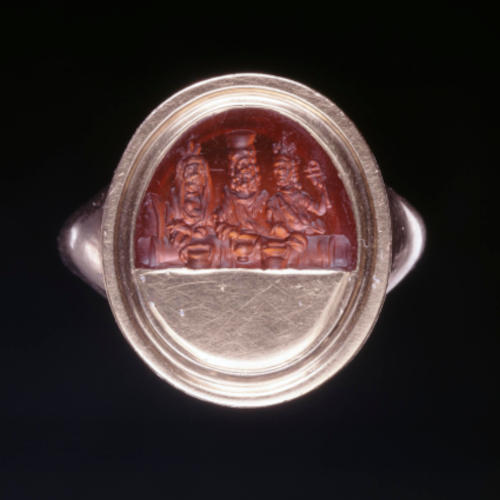Can the British Museum Recover Their Lost Items?
by Lisa Scheffert
At the end of August, Björn Schöpe of CoinsWeekly reported about a red alert incident at the British Museum. The largest museum in the world announced at the end of September that thousands of small objects had disappeared, and that most of the items had not been inventoried or recorded. A curator is now under investigation about the missing items.
Content
In the meantime, 60 objects have since been returned and another 300 identified, which are also expected to find their way back into the collection soon. No further information on these objects has been published, and this has led The Art Newspaper to assume in its reporting that the 60 objects were either returned to the museum by the curator under investigation or by persons who were perhaps involved in the discovery of the theft.
Dedicated Website For Recovery Programme of The British Museum
As part of the so-called Recovery Programme, a departmental website “Recovery of Missing Items” went online at the end of September 2023 to provide information about stolen artworks and cultural treasures. The aim is to make it easier for the public to check whether they have been in contact with any of the stolen objects. What differs from the usual practise in the case of art thefts is that the British Museum have not included any photos on the website nor do they offer details about the objects in question. The website only provides basic information about the types of pieces stolen and as we already know, they are smaller objects. The British Museum speaks mainly of gems and jewellery, which is described in generic detail as follows:
Classical Greek and Roman gems
Gems, cameos or intaglios are small objects, often set in rings or other settings, or left unmounted and unfinished. They can be made of semi-precious stone (for example sard, sardonyx, amethyst) or glass; they may be cast from a mould or engraved by hand. The majority of gems are from the Hellenistic and Roman world, but some may also have been made in modern times and as imitations of ancient gems. They may feature images of famous individuals from the Classical past, of mythological scenes, animals or objects. These gems are of varied quality. Some will be fragmentary and damaged.
Golden rings, earrings and other pieces of jewelry
These date from across antiquity, especially from the late Bronze Age (around 1500-1100 BC) and the Hellenistic and Roman era.
On the website, the museum shows some objects from the collection, which, according to the museum, are similar to those who are missing.
International Task Force Comprised of 14 Specialists
In addition to the official website of the British Museum’s Recovery Programme, an international taskforce consisting of 14 members is working on the search and recovery for the objects. They include James Ratcliffe, Director of the Art Loss Register, and Lynda Albertson, Director of the Rome-based Association for Research into Crimes against Art.
Participation of the Art Loss Register
Even before the new website was implemented and the taskforce began its work, the Art Loss Register was consulted and brought in to search for the objects. The Art Loss Register is the world’s largest private database of lost, stolen and looted art and antiquities. Every year, more than 400,000 objects are checked against the register. This ensures that stolen pieces are identified when they turn up on the secondary art market.
Why Aren’t There More Pictures?
The British Museum decided not to provide more photos and details. James Ratcliffe, head of the Art Loss Register, explains why in a press release published on the British Museum’s website: “The British Museum’s approach has carefully balanced the need to provide information to the public to assist the recovery efforts with the fact that providing too much detail risks playing into the hands of those who might act in bad faith. Thanks to our position as the principal due diligence resource for the art market, and experience in the recovery of stolen art and cultural property, the Art Loss Register has an unrivalled ability to assist with the Museum’s recovery programme. We are delighted to provide our assistance on a pro bono basis to the excellent team at the Museum to support their efforts.”
Doubts Remain
Press reports which are critical about this approach such as The Art Newspaper have voiced their suspicion that there are other reasons behind this explanation. They summarise that the alleged thief chose the objects primarily because they were poorly recorded or not inventoried at all and as such, no records exist of the artefacts. In other words, there are probably no pictures or additional information of the kind needed to put a detailed database of the stolen objects on the internet and to prove conclusively that certain objects were stolen from the British Museum.
If this assumption is correct, it would make the recovery of the objects virtually impossible. The website and the international task force could only be considered an exercise in futility in terms of effective public awareness.








